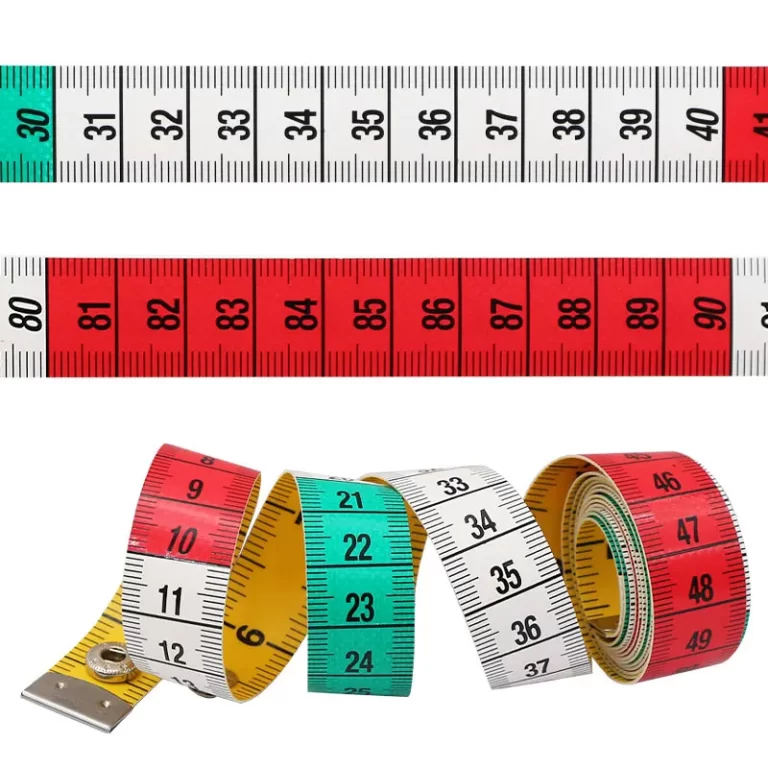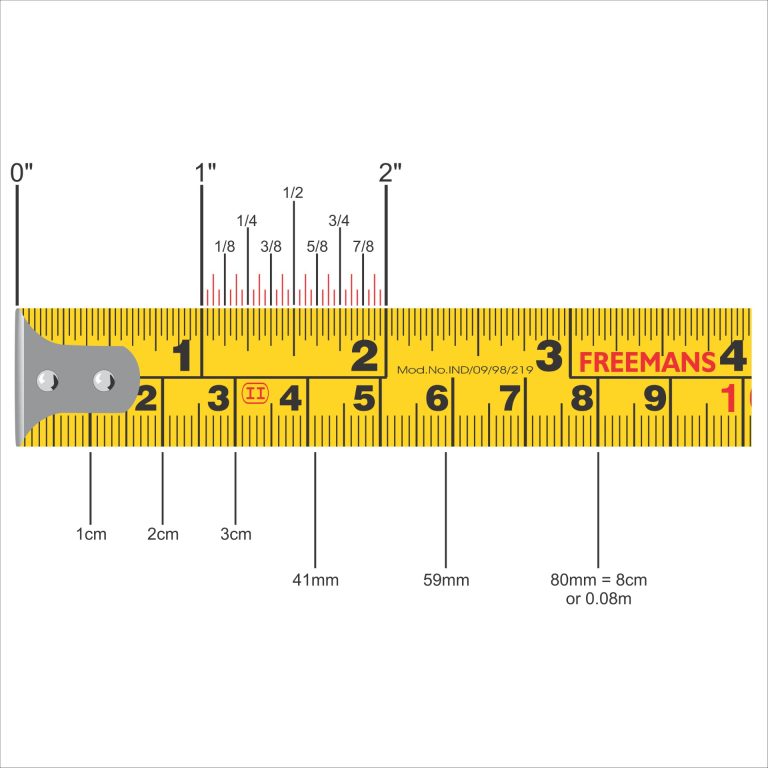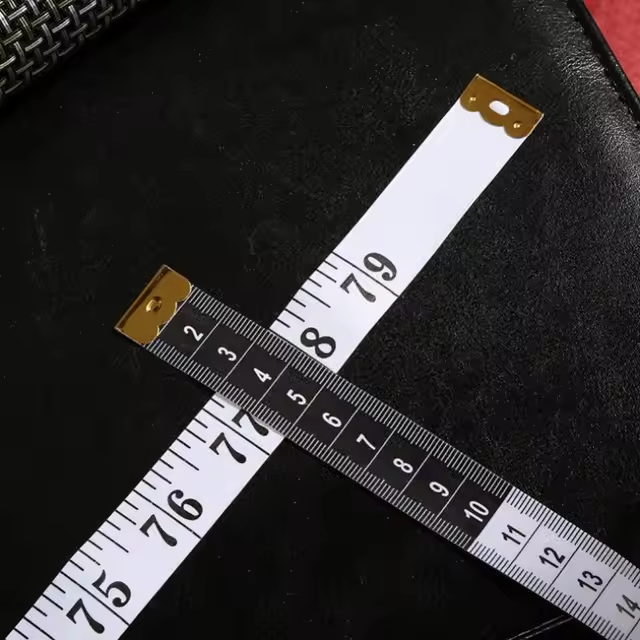
Understanding .375 on Tape Measure: Accurate Measurements
When you reach for a tape measure in your toolbox or drawer, the numbers and fractions might seem straightforward at first glance. However, each mark holds its own importance, especially when it comes to the .375 on tape measure. This specific measurement, equivalent to 3/8 of an inch, plays a crucial role in various practical applications, from woodworking to mechanical repairs. By delving deeper into the meaning and uses of .375 on tape measure, you can enhance your precision and efficiency in both professional and DIY projects.
 The Fractional Breakdown: What is .375 on a Tape Measure?
The Fractional Breakdown: What is .375 on a Tape Measure?
Understanding .375 on tape measure begins with recognizing its fractional equivalent. In the world of measurements, .375 inches is precisely 3/8 of an inch. This fractional measurement is often encountered alongside other common fractions like 1/2 inch or 1/4 inch. The significance of .375 inches lies in its ability to provide a more refined granularity in measurements, allowing for greater accuracy in tasks that demand meticulous attention to detail.
Comparing Common Fractional Measurements
To appreciate the utility of .375 on tape measure, it’s essential to compare it with other fractional increments. For instance, while 1/2 inch is widely used for general applications, 3/8 inch offers a balance between the larger 1/2 inch and the smaller 1/4 inch measurements. This middle ground makes it particularly useful in scenarios where neither the precision of 1/4 inch nor the simplicity of 1/2 inch suffices. For example, in woodworking, choosing between these fractions can determine the fit and finish of a project component.
Practical Applications in Various Fields
The .375-inch mark on a tape measure is not just a numerical value; it holds practical significance across different professions. In woodworking, for instance, precise measurements are critical for ensuring that joints fit seamlessly and structures remain stable. Similarly, in mechanical repairs, having accurate measurements can prevent parts from malfunctioning or wearing out prematurely. By utilizing .375 on tape measure, professionals can achieve the level of precision necessary for high-quality results.
Converting .375 Inches to Metric and Other Units
In an increasingly globalized world, the ability to convert measurements between different unit systems is invaluable. The .375 on tape measure provides a straightforward example for such conversions, particularly from the imperial system to the metric system.
Easy Conversion to Millimeters
To convert .375 inches to millimeters, you multiply by 25.4 (since one inch equals 25.4 millimeters). Therefore, .375 on tape measure translates to approximately 9.525 millimeters. This conversion is essential for projects that require metric precision, ensuring consistency and compatibility in cross-discipline tasks.
Practical Tips for Quick Conversions
When working on projects that involve both imperial and metric measurements, quick conversion techniques can save time and reduce errors. For example, memorizing that .375 inches is roughly 9.5 millimeters allows for quick mental calculations without the need for a calculator. Additionally, using dual-marked tape measures that display both imperial and metric units can facilitate seamless integration between different measurement systems.
Application in International Projects
In fields like engineering and construction, international collaboration often necessitates the use of multiple unit systems. Understanding how to accurately convert .375 on tape measure to metric units, and vice versa, ensures that all team members are aligned, reducing the risk of miscommunication and measurement discrepancies. This precision is particularly crucial in projects like international infrastructure development or global manufacturing processes.
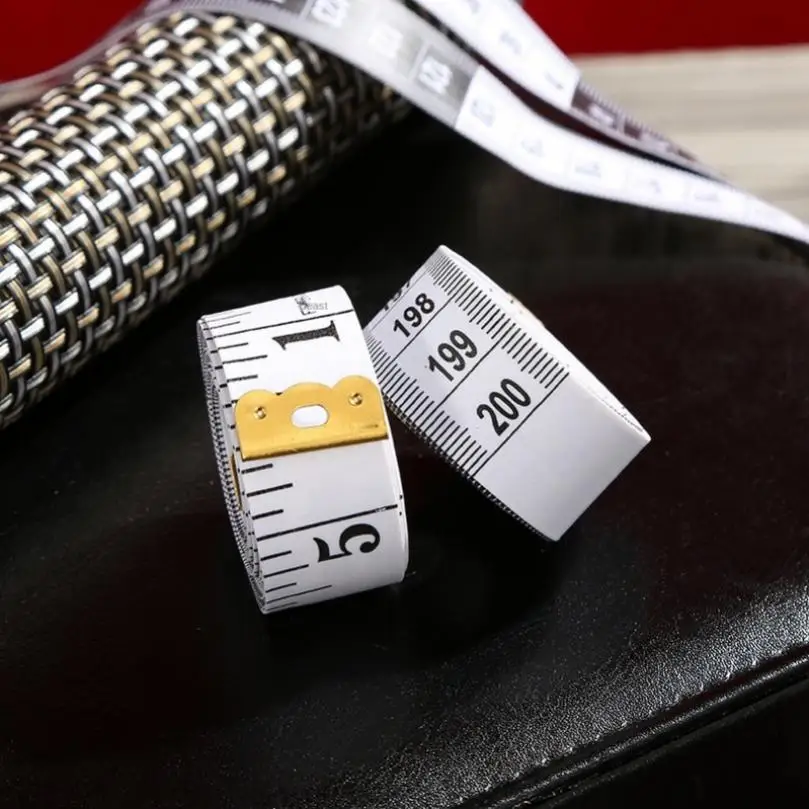 Avoiding Common Measurement Mistakes with .375 on a Tape Measure
Avoiding Common Measurement Mistakes with .375 on a Tape Measure
Accurate measurements are the backbone of successful projects, but several common mistakes can lead to significant errors. Understanding how to correctly use the .375 on tape measure can help mitigate these issues.
Reading the Tape Measure Correctly
One frequent mistake is misreading the tape measure. When trying to identify .375 on tape measure, it’s easy to confuse it with adjacent marks like 0.37 inches or 0.4 inches. To avoid this, always ensure that you are aligning the tape correctly with the zero mark and double-checking the fractions. Taking a moment to verify can prevent costly mistakes in your measurements.
Maintaining Proper Tape Measure Position
Another common error occurs when the tape measure is not held taut or is allowed to bend. A bent tape can obscure the true measurement, leading to inaccuracies. To ensure precision, keep the tape measure straight and tight against the measuring surface. This practice is particularly important when marking or cutting materials based on the .375 on tape measure measurement.
Utilizing Supplemental Tools for Accuracy
For those requiring even greater precision, supplemental tools like magnifying lenses or fine-tipped markers can enhance the accuracy of readings on a tape measure. These tools make it easier to identify the correct fractional mark. They are especially helpful in low-light conditions or when working on small-scale projects. Incorporating such accessories into your measurement routine can significantly reduce the likelihood of errors.
Tools and Techniques for Precision Using .375 on a Tape Measure
Achieving precise measurements with .375 on tape measure involves not only correct reading but also the use of appropriate tools and techniques.
High-Precision Tape Measures
Investing in a high-precision tape measure can make a substantial difference in the accuracy of your measurements. These tape measures often include additional fractional markings, such as .375 inches, which can be easily identified and used in detailed projects. High-quality materials also ensure that the tape remains free from stretching or wear, maintaining consistent accuracy over time.
Electronic Measuring Devices
For those who require even more precision, electronic measuring devices equipped with digital displays can complement traditional tape measures. These devices can often switch between imperial and metric units, allowing for quick and accurate readings of .375 on tape measure without the need for manual conversion. Combining electronic tools with manual tape measures provides versatility and reliability in various measurement scenarios.
Techniques for Enhanced Accuracy
Employing specific techniques can further enhance the accuracy of your measurements. For example, using a firm and steady hand while measuring ensures that the tape does not shift, which can otherwise lead to incorrect readings. Additionally, marking measurements firmly and clearly helps in maintaining consistency, especially when using .375 on tape measure in repetitive tasks.
 The Historical Context of .375 on a Tape Measure
The Historical Context of .375 on a Tape Measure
To fully appreciate the importance of .375 on tape measure, it’s beneficial to explore its historical origins and how fractional measurements have evolved over time.
Origins of Fractional Measurements
Fractional measurements like .375 inches have their roots in the early development of the imperial measurement system. These fractions provided a practical means for dividing inches into smaller, more manageable units, facilitating detailed measurements in trades such as carpentry, masonry, and tailoring. The 3/8-inch mark became standard due to its frequent use and the balance it offered between larger and smaller fractions.
Evolution in Industrial Standards
As industries expanded and manufacturing processes became more standardized, the need for precise and consistent measurements grew. The .375 on tape measure became integral in various industrial applications, including machinery design and construction. Its adoption was driven by the necessity for components to fit together accurately, ensuring operational efficiency and structural integrity.
Modern Adaptations and Continued Relevance
Even with the advent of digital and metric measurement systems, .375 on tape measure remains relevant, particularly in regions where the imperial system is still predominant. Modern tape measures continue to incorporate this fractional mark, recognizing its enduring significance in trades and crafts that rely on traditional measurement practices. Additionally, the integration of dual-unit tape measures reflects the ongoing need for versatility in measurement tools.
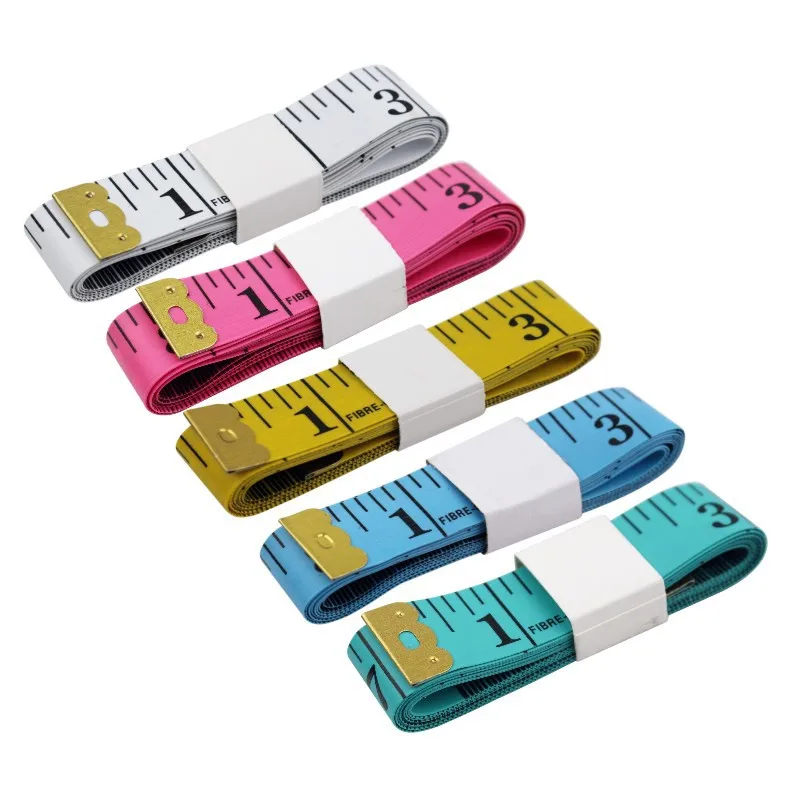 Enhancing Your Projects with .375 on a Tape Measure
Enhancing Your Projects with .375 on a Tape Measure
Incorporating the .375 on tape measure into your measurement practices can lead to more precise and professional outcomes in various projects.
Woodworking and Carpentry
In woodworking, precise measurements are critical for creating joints, fitting components, and ensuring the structural soundness of projects. Using the .375-inch mark allows carpenters to make finely tuned cuts and adjustments, resulting in cleaner finishes and more durable constructions. Whether building furniture, cabinetry, or intricate wood designs, the accuracy provided by .375 on tape measure is indispensable.
Mechanical Repairs and Maintenance
For mechanical repairs, accuracy is paramount to ensure that parts fit correctly and function as intended. The .375-inch measurement often corresponds to specific bolt sizes, pipe diameters, and component fittings.
Home Improvement and DIY Projects
Home improvement enthusiasts and DIYers also benefit from the precision offered by 0.375 on tape measures. Whether installing shelves, hanging pictures, or crafting custom home decor, having accurate measurements ensures that projects are executed smoothly and look professionally done. This level of precision helps avoid common pitfalls such as crooked installations or uneven spacing, leading to more satisfying results.
 Conclusion
Conclusion
In conclusion, the .375 on tape measure serves as a vital tool in achieving precision across a multitude of applications. From its fractional equivalent of 3/8 inch, it bridges the gap between larger and smaller measurements, offering a balanced level of detail essential for various trades and projects. By understanding its significance, mastering its use, and applying the appropriate tools and techniques, you can enhance the accuracy and quality of your work.
